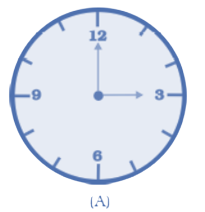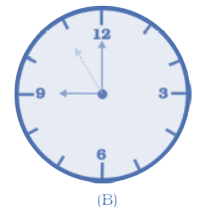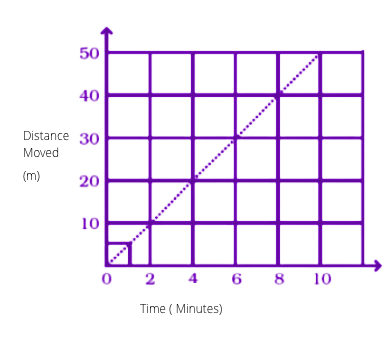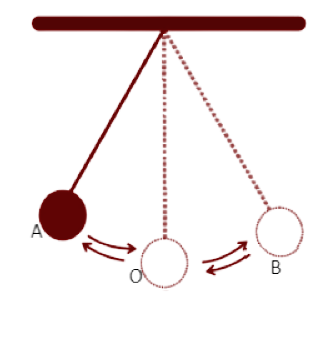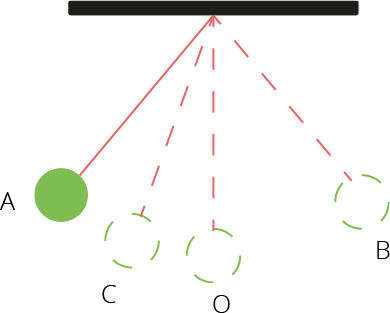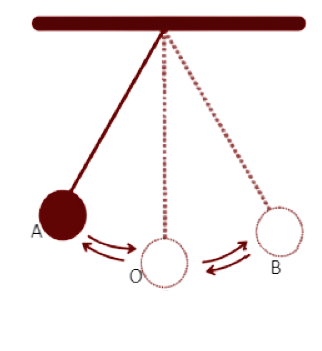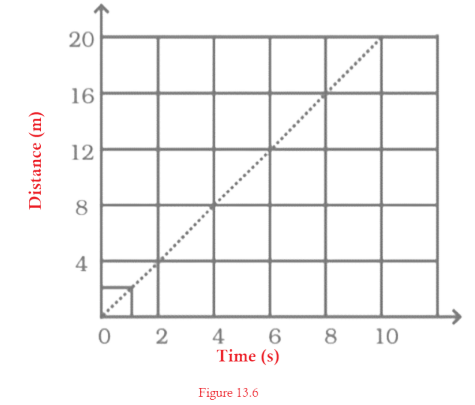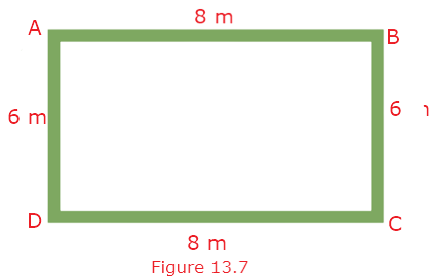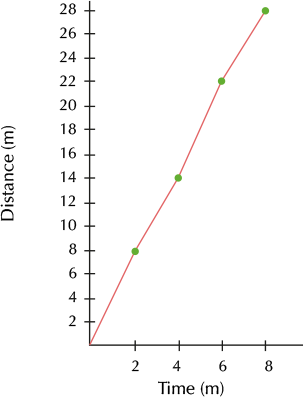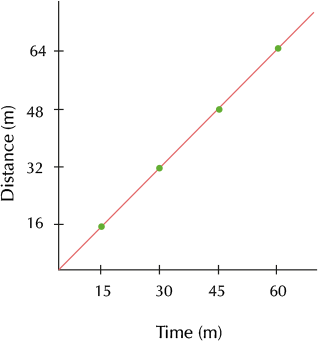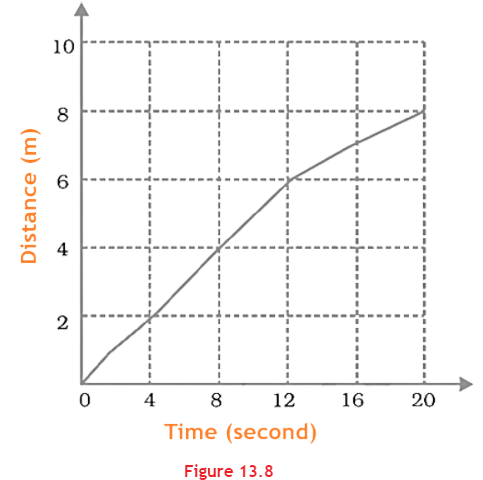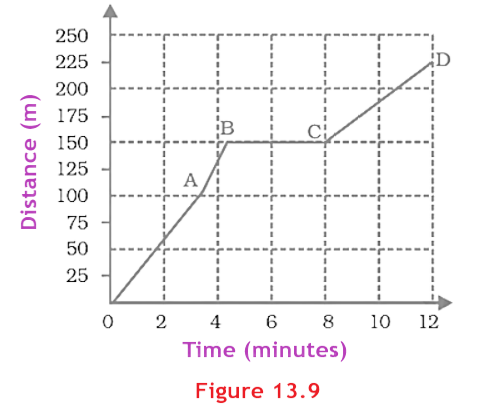Class 7 Science NCERT Exemplar Solutions Chapter 13 Motion and Time
FAQs on NCERT Exemplar for Class 7 Science Solutions Chapter 13 Motion and Time
1. What are the important formulas to learn from NCERT Class 7 Science Chapter 13?
Some of the important formulas to learn from NCERT Chapter 13 - Time and Motion are :
The formula to calculate speed is Speed = Distance/ Time. We can decide the speed of a given thing once we can scale the time held by it to cover a given distance.
Once you have the speed of an object, you can detect the distance moved by it in a given time. Then you have to multiply the speed by time. Distance covered = Speed × Time.
Likewise one can also detect the time an object would take to cover a distance while moving at a presented speed. Time taken = Distance/ Speed.
2. Why is studying Motion and Time so important?
All our activities depend on time. For instance, to see the duration of travel, to meet the timetables at work, to know whether it's daytime or nighttime, to know the heartbeat, to know the measure of time taken by the computer to accomplish an operation etc. Hence it's really important to measure the time. As students study this unit, they're going to find out how these physical factors impact their lives and work. Students will likewise learn to explain the location, understand perspective, and use simple machines to assist make their work easier.
3. Why should students consider Vedantu NCERT Solutions for Class 7 Science Chapter 13 Time and Motion?
Vedantu offers NCERT solutions both from the exercise and inside the chapter extra questions. As you can download the PDF formats from Vedantu it becomes easier to follow the exercises by downloading the content and going through it even when you lack internet access. At Vedantu only the most skilled teachers and educators frame the questions and solutions helping you to reach your potential. Vedantu offers you the best free education notes and solutions to all your NCERT questions.
4. How does Vedantu help you to understand the numerical from Chapter-13 of NCERT Solutions for Class 7 Science easily?
You can get good marks from this chapter if you clearly understand the mathematical part. To understand the methods of solving sums effortlessly, students are recommended to refer to the NCERT Solutions from Vedantu. The problems are solved in a systematic manner with explanations provided for every and step. Students can check with these solutions and solve the textbook problems with no difficulty. Short cut tips and tricks are highlighted within the solutions to assist students to remember the formulas during revision.
5. Why are following NCERT textbooks so important?
NCERT books are designed by a panel of teachers at NCERT who have tremendous teaching experience, knowledge of the syllabus, knowledge of the most effective teaching standards for students. They design NCERT books and study material that is in line with the latest syllabus. They make sure that the content within the books is written and explained in such a way that it can be read and understood by students of the whole country with various background intellectual levels.
























